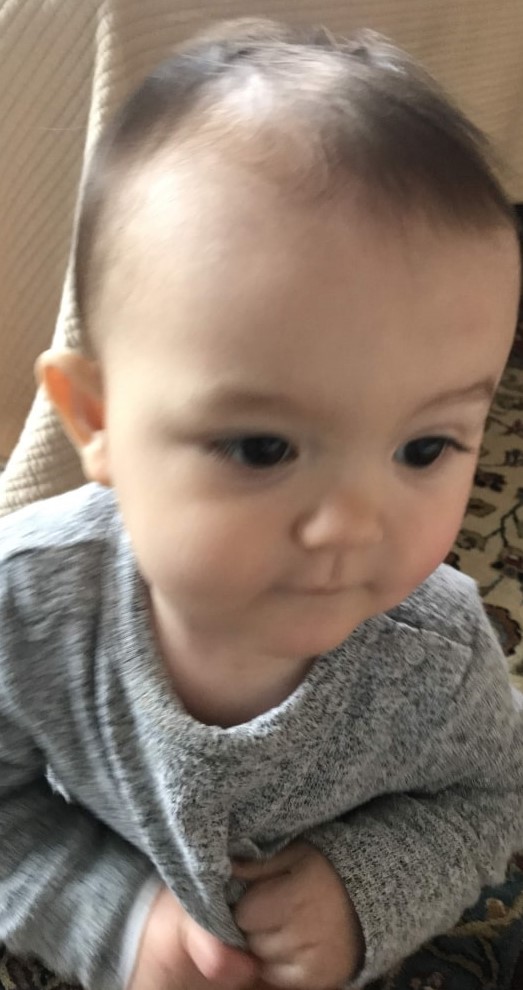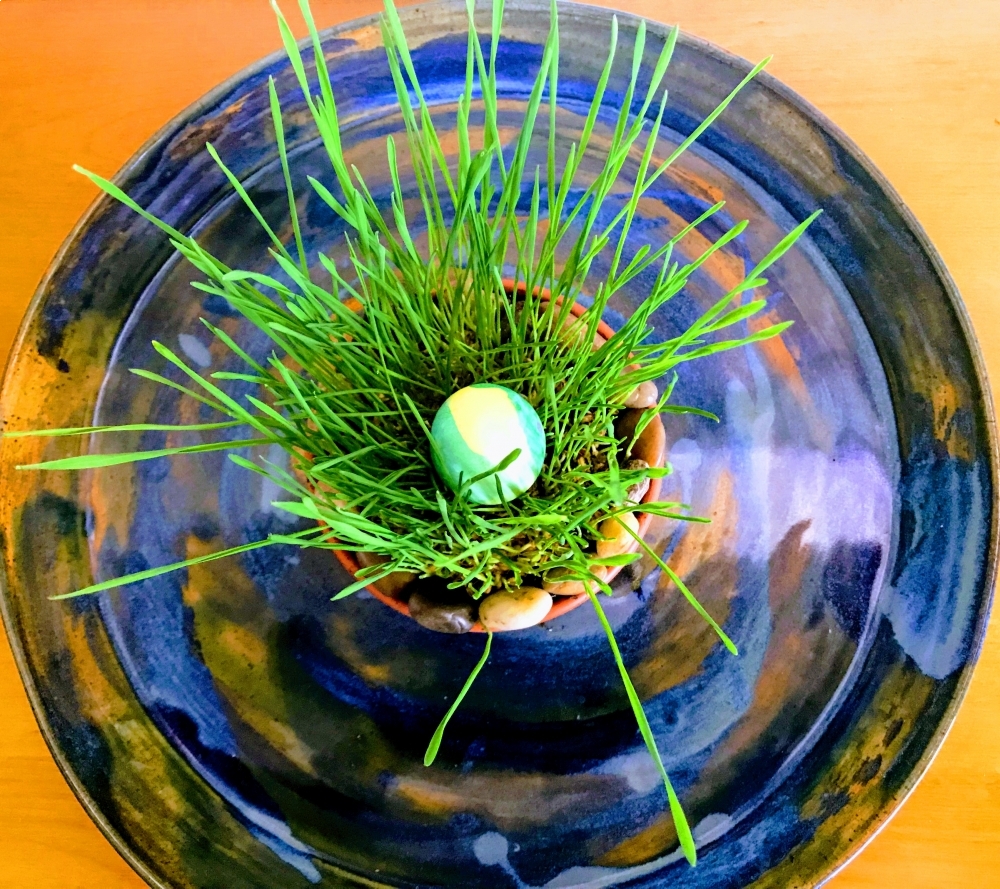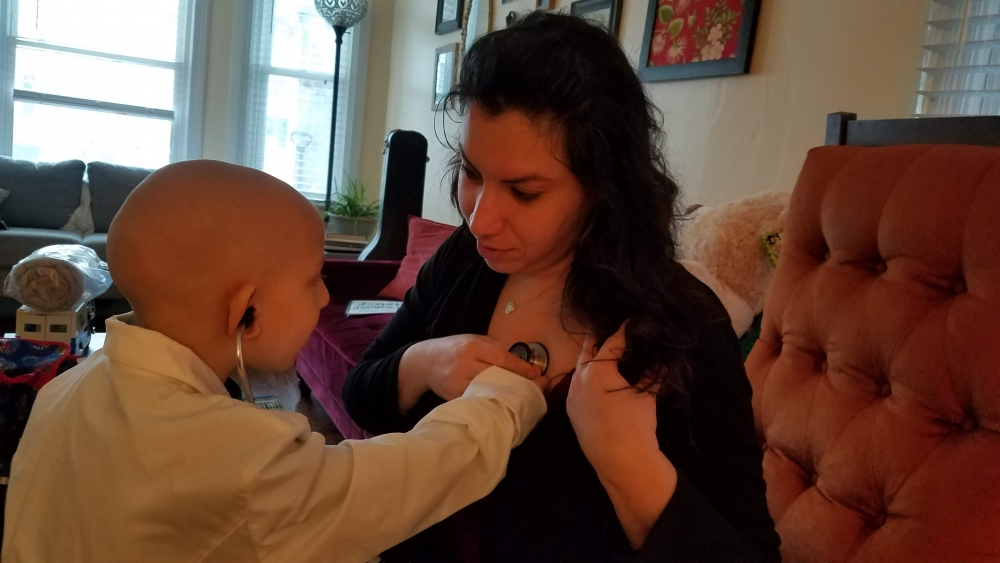During the last month, we experienced a profound shift in our day to day lives for the sake of community health and safety. We went from familiar turf to the unknown, where we are learning, day to day, moment to moment what’s happening and how it will impact us. In this new terrain of being home-bound with stretches of time, limitations and unknowns, we are experiencing what it feels like to be a child. All the while, our children are watching us, looking to us for guidance. Perhaps what our children need and what we need are not that different when our home becomes our world.
In times of uncertainty, it brings stability to lean into familiar rhythms. This is indicated for early childhood but happens to be good for all of us in times of stress. Everyone will feel more secure if the overall day is built around known scaffolding of sleeping and eating, around time for preparation for sleeping and eating, for play and possibly a walk. In this way a day flows, one with form but not a rigid schedule. With so much uncertainty in the air, our rhythms keep us grounded and steady.
To cope with unknowns, clear and concise messaging from leaders aids the process of integrating new information. Limiting the amount and form of information is important to avoid overwhelm and to better understand the needs of our children. What kind of leadership makes you feel most secure? A message of clear and objective guidelines that is consistent and delivered in a warm, caring manner satisfies most peoples’ needs. We want to know answers to key questions. What is happening? What are we supposed to do? How can we feel better?
There is no benefit and considerable detriment for young children to know the hardships happening in the world outside of family life. They need to be protected within a world that is child-sized and manageable in order to build a reservoir of hope they can draw from in the future when they are old enough to understand. It is hope that fuels actions that make a difference. The world of home offers enough challenges and learning opportunities for a young child and it is good. By protecting our children from information that creates fear, we may also be protecting ourselves.
As far as what we need to do: when we stay home (unless we must go to work), wash our hands often, avoid touching our faces, don protective gear and practice social distancing, we are modelling acceptance and social responsibility. Children learn about limits from their leaders (parents and teachers who have more information) while they venture out to explore a world full of unknowns. They learn from imitation – which is not a call for perfection but rather a call for authenticity. Imitating adult compliance with limits for the sake of health and safety provides a lesson for children. Feel good about doing that!
Compliance does not require liking something; whether we like public guidelines or not has no effect on whether we need to follow them. It’s the same for our children. They must accept limitations despite likes and dislikes and they have little practice in both accepting limitations and identifying emotions. We can model emotional intelligence for them by allowing emotions to move through us and showing that even when emotions run strong, they can be expressed in a way that is safe for everyone.
Big emotions can find an outlet in vigorous gross motor movement engaging in a dance party, marching parade, cleaning out the shed or chalk drawing on the sidewalk. Quieter emotions while isolating might involve missing our friends or family. We can express our sadness and look for ways to connect with others in lieu of a visit. Using language to identify emotions will help children comprehend what is happening in us and in them.
Gratitude is important; it builds a feeling of goodness in the home. Children are comforted to hear that we are grateful to be all together with our family even if there are moments that we don’t feel that way! Thankfulness for our home, our food, our clothes, our health and everything we have is a practice that children will learn through imitation. When we have less, we notice more what we do have and gratitude rises up from there. Express it. Your children will thank you later.
Shoring up our rhythms; modelling acceptance of limitations, emotional authenticity and gratitude; those are the opportunities in this great big, messy and wonderful moment. You need not do anything else, doing your best living at home with children is enough! This is your role. Although you may not be able to interact with grandparents, teachers and friends, know that they are thinking of you and sending well wishes!
In this way, we will get through the pandemic together and later tell the story again and again and each time, the difficulties will fade and the happy moments shine brighter!




